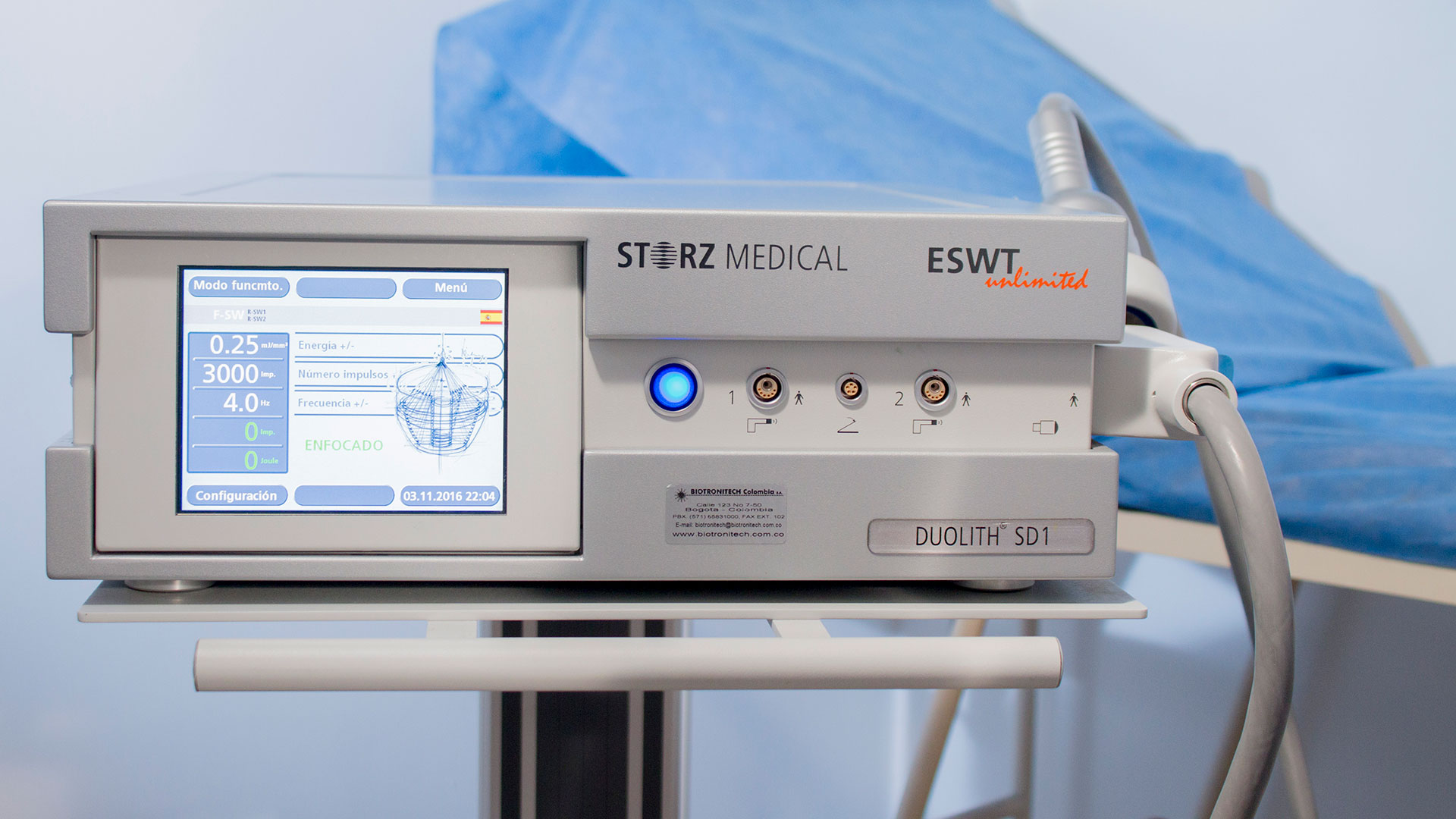
Shockwave therapy started in the 80s as a treatment for kidney stones and with the advancement of technology its benefits were discovered in other fields, such as in aesthetic medicine where it is used to heal muscle injuries even in health. sexual, where it is used to treat sexual dysfunctions such as erectile dysfunction or Peyronie's disease.
Each of these pathologies is treated with different types of shock waves, in this article we will investigate more about them.
What types of shock waves are there?
There are two different types of shock waves, there are "focused" and "radial". Each one is used for specific treatments since, due to their characteristics, one is more effective than the other depending on the pathology treated.
- Focused shock waves: They extend linearly, that is, they focus on a certain area of action. They are produced by electromagnetic induction, energy that creates an electrical force, which generates waves, which disperse under pressure until they penetrate deep into the tissue, producing an effect at the cellular level.
They can be obtained by an electrohydraulic mechanism or by piezoelectricity. Either way, electricity is part of the process. In the first, electricity acts on the contained aqueous mass while, in the second, it acts on glass, which, in turn, generates the energetic displacement of a metallic membrane.
There is the possibility that the patient perceives some discomfort while receiving the treatment, which will depend on the intensity that is used, which ranges between 100 and 1000 bars. This discomfort will lessen as it progresses. The treatment is not incapacitating; therefore, the patient does not require long periods of rest or specific exercises and any discomfort will quickly disappear, allowing patients to continue their normal lives after the treatment sessions.
They can be obtained by an electrohydraulic mechanism or by piezoelectricity. Either way, electricity is part of the process.
There is the possibility that the patient perceives some discomfort while receiving the treatment, which will depend on the intensity that is used, which ranges between 100 and 1000 bars. This discomfort will lessen as it progresses. The treatment is not incapacitating, therefore, the patient does not require long rest periods or specific exercises and any discomfort will quickly disappear, allowing patients to continue their normal lives after the treatment sessions.
- Radial shock waves: Radial shock waves appeared in 1999. They are produced using pneumatic means such as compressed air. This type of wave is used to cover larger areas, where tissue creation and reactive tissue are sought to improve circulation. blood. Vascular regeneration is one of the most successful functions of this type of wave. The force used does not exceed 10 bars, so its application is non-invasive, is barely noticeable and does not cause discomfort. After the application there are no restrictions, so the patient can continue his normal life by leaving the office.

